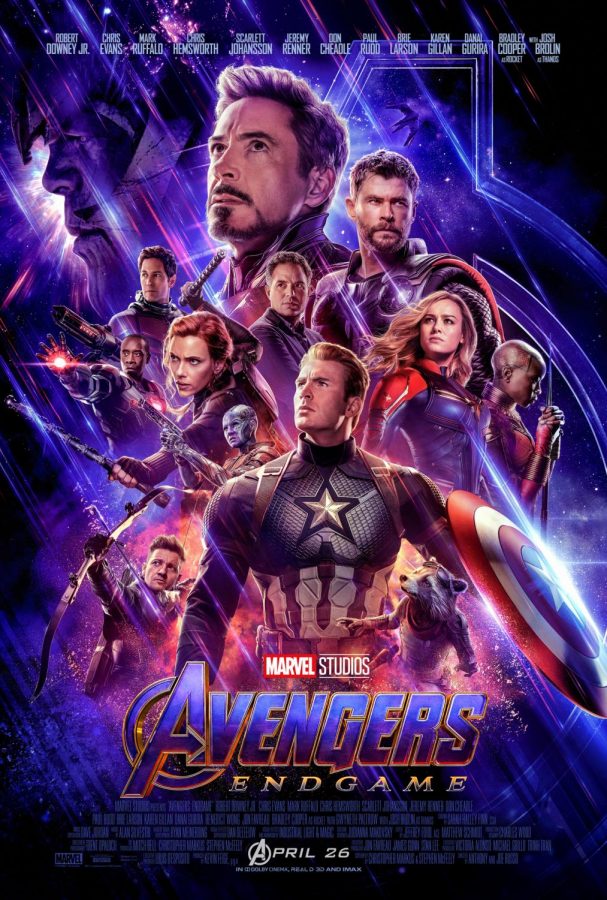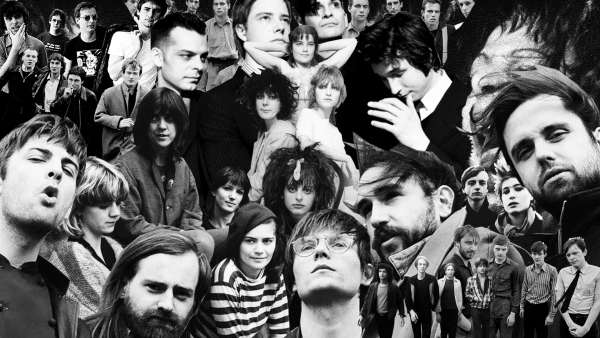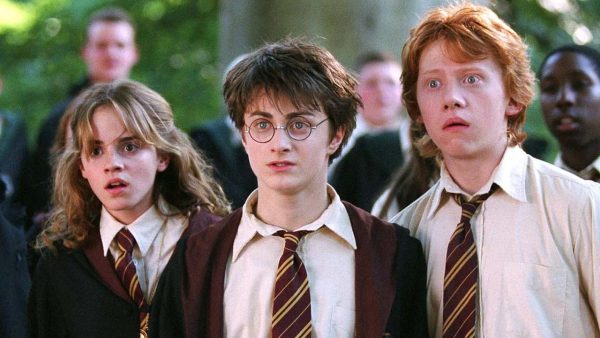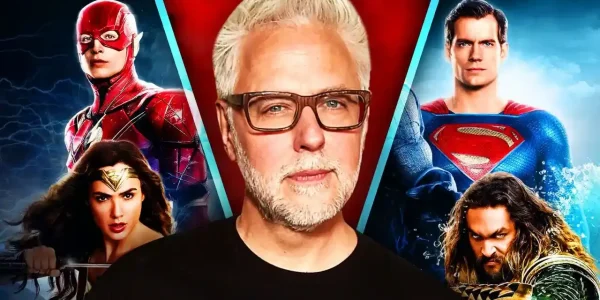Avengers: Endgame, the Cinematic Marvel
WARNING: SPOILERS BELOW
When one thinks back on the most anticipated movie of the early 20th century, they will no longer think of “Star Wars: The Force Awakens” or James Cameron’s “Avatar”. “Avengers: Endgame”, after 11 years of foreshadowing, marks the most satisfying conclusion to not only Phase Three of the Marvel Cinematic Universe (MCU) on the big screen, but any cinematic climax of such large proportions. Endgame has already surpassed Titanic as the second highest-grossing film in history at $2.2 billion worldwide and it’s currently tailing Avatar’s $2.7 billion.
Those who disliked Chris Evans’ minimal appearance in “Infinity War” will be pleased with his critical role in its sequel, as well as a justified end for Robert Downey Jr.’s character Tony Stark, who was the kickoff to the MCU in 2008. “Endgame” didn’t have as large an emotional effect as “Infinity War”, but it’s still high on the 22 movie list out of the first three phases.
I want to preface this review by saying I am somewhat biased to Marvel, but I agree the company has had its fair share of flops — most recently, in my opinion, “Captain Marvel”. In “Endgame”, however, the character thankfully didn’t have a huge role in the movie.
Although the three hours and one minute of screen time seemed, to a lot of people, unnecessary to the plot, it was easy to get so caught up in what was going on that time was no longer a factor. I do agree that the first two hours felt somewhat uneventful, and visiting certain people in the past was a little lazy in the writing department, but the concept of time travel they presented felt unique to the Marvel crew. I do think Smart Hulk could have been introduced in a more radical way, but I understand not everything can be perfect. It’s interesting how Marvel has evolved their two most combative characters — Thor and Hulk — into comedic relief figures; it gives Captain America and Iron Man more screen time for their character development.
The two most awe-inspiring moments in the film by far were Captain America’s worthiness to hold Mjolnir — teased in “Avengers: Age of Ultron” — and Tony Stark’s middle finger to Thanos shortly before passing away, using his nanotech in order to transfer the infinity stones to his own suit of armor and snap away the titan along with his army. It still gives me chills just thinking about it. Alternatively, the two most heart-wrenching scenes involved the same characters— Tony’s final message to his family ending in “I love you 3,000,” and Steve Rogers’ one-way trip to the past to live out his life with his life-long love Peggy Carter in the way he always wanted — normally.
Unfortunately, Black Widow’s death didn’t deliver exactly the way the production team expected it to. It followed a fight between Natasha and Clint — who recently took on the persona “Ronin” after losing his entire family to the first snap. Clint arrived back in the present with the soul stone, but with no Black Widow. The reason the audience didn’t react the same way we did when Gamora was tossed was because how repetitive of “Infinity War” it felt and the lack of character development from both Hawkeye and Black Widow just made the whole scene feel lackluster. If the “Black Widow” TV series had dropped before “Endgame” there may have been more tears, but that just left plenty for Iron Man.
There was one scene I didn’t care for in which all of the female MCU heroes were together on the screen as Spider-Man cowered on the ground. I’m all for female empowerment, but I feel there’s a point where politics are inflicted contrary to what the movie is really about. I even asked several other women and they didn’t think the scene was necessary either.
Overall the film was a huge success and honestly, working at a movie theater, I would watch it once a day if I had the time. It reminded me how much I love Captain America and Iron Man, and how I should look forward to where the new Avengers take the MCU.











